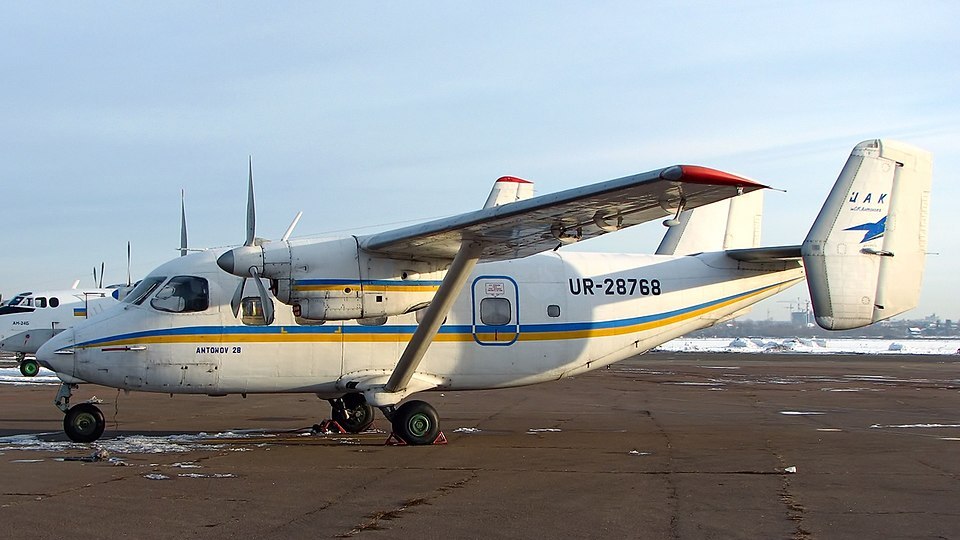Pokrovsk is falling. Huliaipole is threatened. Azov Corps can only save one front
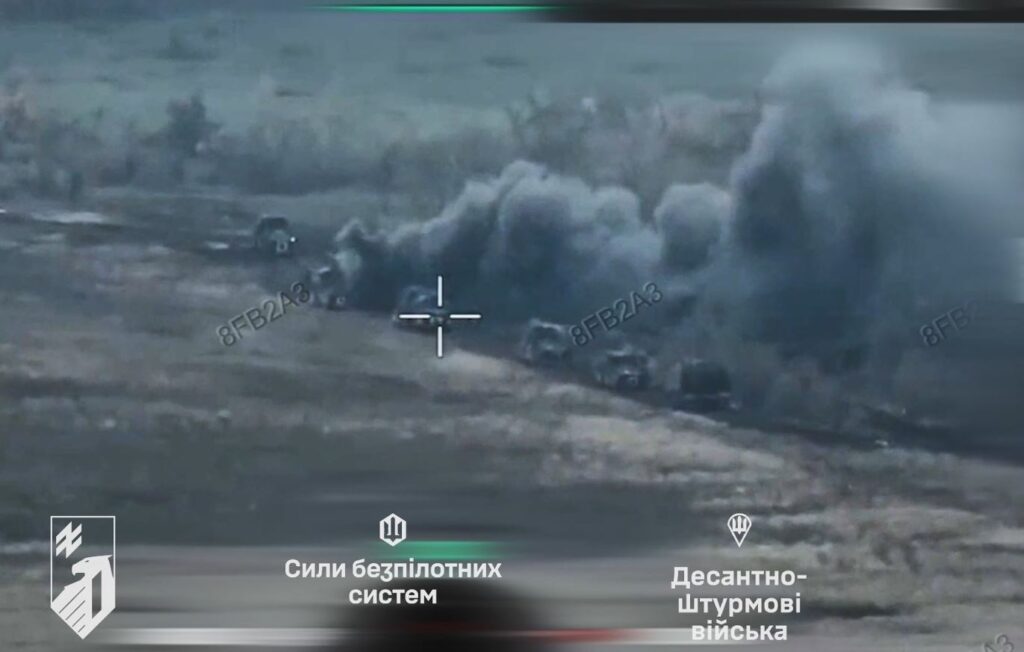
- Ukrainian forces are losing Pokrovsk but winning the battle north of the city
- The 1st Azov Corps is mopping up Russian troops north of Pokrovsk and may soon redeploy elsewhere
- It's probably too late to save Pokrovsk, but Ukrainian troops defending Huliaipole in the south badly need reinforcements
- Every deployment decision is painful for Ukrainian commanders facing a 5-to-1 troop disadvantage
The Ukrainian 1st Azov Corps is mopping up the last Russian positions in a 40-square-kilometer salient north of Pokrovsk in Donetsk Oblast, winning a two-month battle that could free up hundreds—possibly thousands—of troops. Meanwhile, Pokrovsk itself is falling to Russian infiltrators after a yearlong siege, and 100 kilometers south, Russia's 90th Tank Division is advancing across open terrain toward the logistics hub of Huliaipole in Zaporizhzhia Oblast.
The victories north of Pokrovsk create a brutal dilemma: Ukrainian commanders can use these freed-up troops to buttress the new defensive line forming north of the fallen city—or rush them 100 kilometers south to Huliaipole, where Russia's 90th Tank Division is advancing across open terrain toward Zaporizhzhia.
Outnumbered five-to-one, they don't have enough troops to do both.
Ukrainian forces gain ground north of Pokrovsk
Counterattacks by the Ukrainian 1st Azov Corps since mid-August have steadily reduced a 40-square-kilometer salient that the Russian 132nd Motor Rifle Brigade had carved out of the front line north of Pokrovsk a few weeks earlier. The salient bent toward the village of Dobropillia, which sits astride one of the main supply lines into Pokrovsk.
Liberating the village of Kucheriv Yar late last month and defending the nearby village of Shakhove from repeated Russian mechanized assaults, Ukrainian forces have the momentum in the salient battle. Now they're killing, capturing, or forcing out the last few Russians.

The armed forces of Ukraine "are continuing to mop-up the Dobropillia salient, successfully recapturing several positions around the village of Shakhove," the pro-Ukraine Conflict Intelligence Team reported last week. "These successes may allow Ukrainian reserves to be redeployed from this sector to strengthen the Pokrovsk direction."
In other words, Russian commanders may have viewed the Dobropillia salient as a "counter-fixation axis for Ukrainian reserves," according to military theorist Delwin. The Russians devoted just enough troops and vehicles to the salient battle to keep the 1st Azov Corps fixated on fighting north of Pokrovsk—so the corps wouldn't shift its attention to Pokrovsk proper.
Pokrovsk likely lost despite northern gains
The problem, however, is that the Russians have the momentum in Pokrovsk—and it may be impossible for the Ukrainians, outnumbered five to one, to seize it from them. "Russian forces will very likely seize Pokrovsk and Myrnohrad," the Institute for the Study of War in Washington, D.C. concluded Tuesday.
The Russians succeeded in infiltrating Pokrovsk following a brutal yearlong siege in part because the salient battle drew the 1st Azov Corps into fighting north of Pokrovsk—keeping it from fighting in Pokrovsk, which was garrisoned by two exhausted Ukrainian units. The 68th Jaeger Brigade and 155th Mechanized Brigade began retreating north in late October.
Now that the 1st Azov Corps is on the verge of winning the salient fight, it's probably too late to do much for Pokrovsk. A few elite Ukrainian units, including one commando team that helicoptered into the city on 29 October, are clinging to fighting positions on the northern edge of Pokrovsk, holding open a narrow escape route for any Ukrainian troops still attempting to flee that city or neighboring Myrnohrad.
Pokrovsk, a once-thriving mining city of 60,000 people, is almost certainly lost—as is smaller Myrnohrad. The Ukrainian forces romping to victory in the disappearing Dobropillia salient may end up staying in the area, buttressing a new defensive line north of Pokrovsk.
Southern front threatens Huliaipole logistics hub
Or they may head south to the junction of Donetsk, Dnipropetrovsk, and Zaporizhzhia Oblasts, where a powerful force led by the Russian army's biggest division, the 90th Tank Division, has been steadily advancing across unfortified open terrain, pushing back an outgunned and outnumbered Ukrainian force.
"Unfortunately, over the past few weeks, Russian forces have made a series of gains toward Huliaipole and, more broadly, achieved notable advances in the southeastern sector," explained Tatarigami, founder of the Ukrainian Frontelligence Insight analysis group.
Reinforcements could stiffen Ukrainian defenses around Huliaipole. But Ukrainian commanders must choose carefully where they send their precious few reserves.
Their choice to fight so hard over the Dobropillia salient may have hastened Pokrovsk's fall. Likewise, rushing troops south to Huliaipole could weaken the new defensive line forming north of Pokrovsk.
At the same time, stiffening that defensive line at the expense of Huliaipole could accelerate Russian gains in the south. As long as Russia has more troops than Ukraine has, there are no easy choices for infantry-starved Ukrainian commanders.

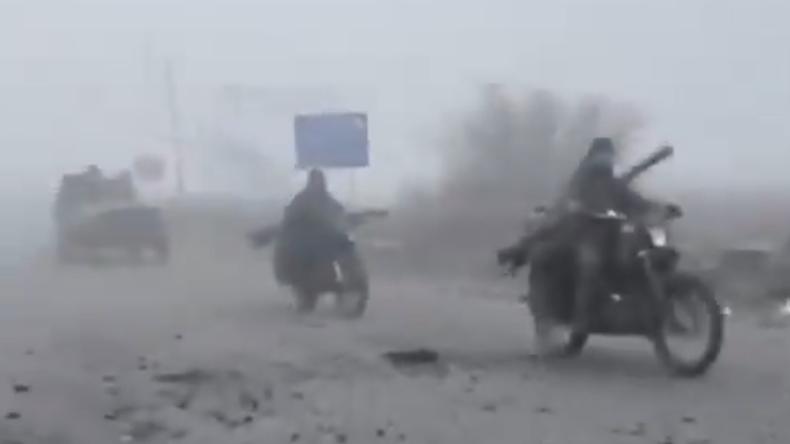

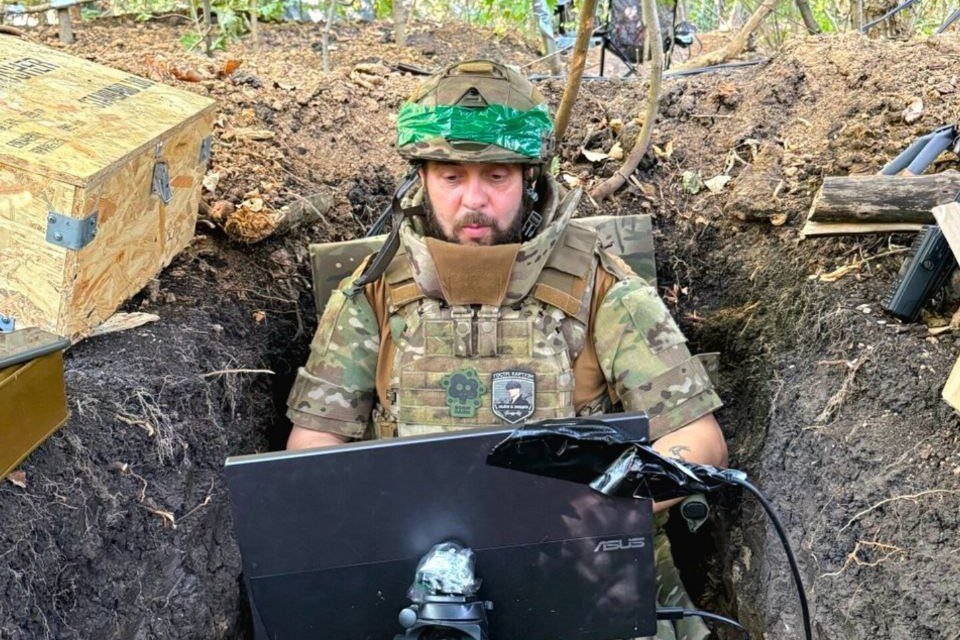

 (@GrandpaRoy2)
(@GrandpaRoy2) 




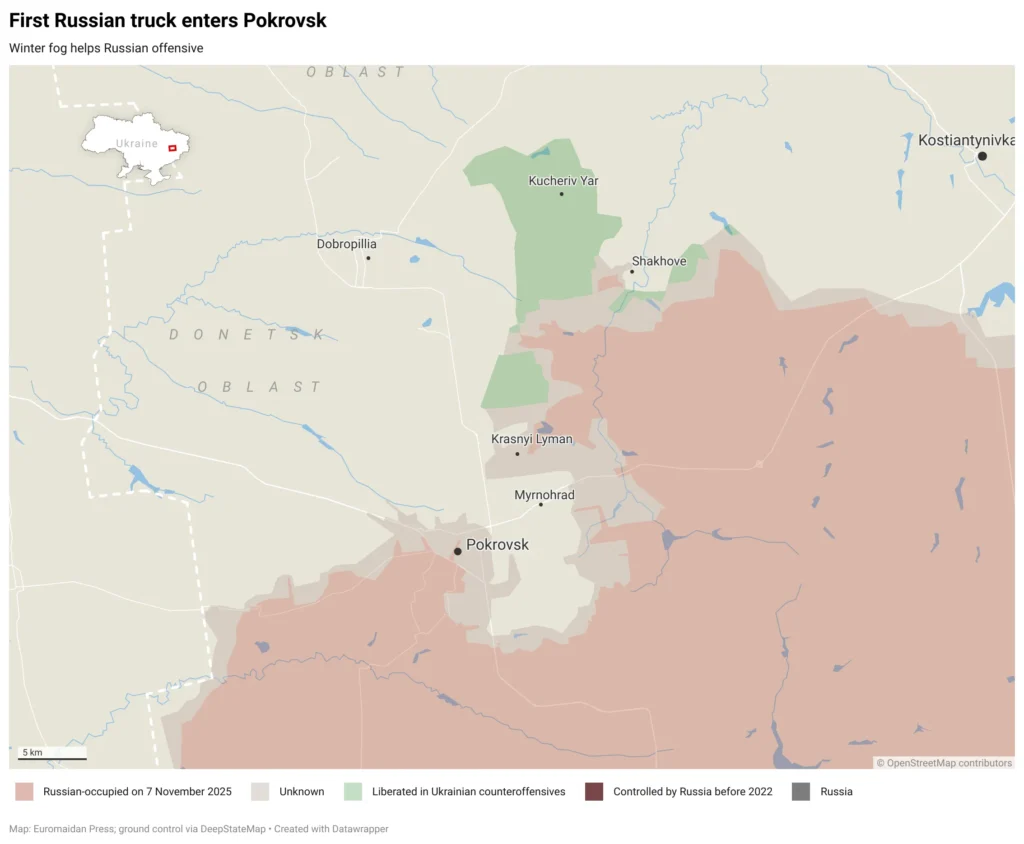
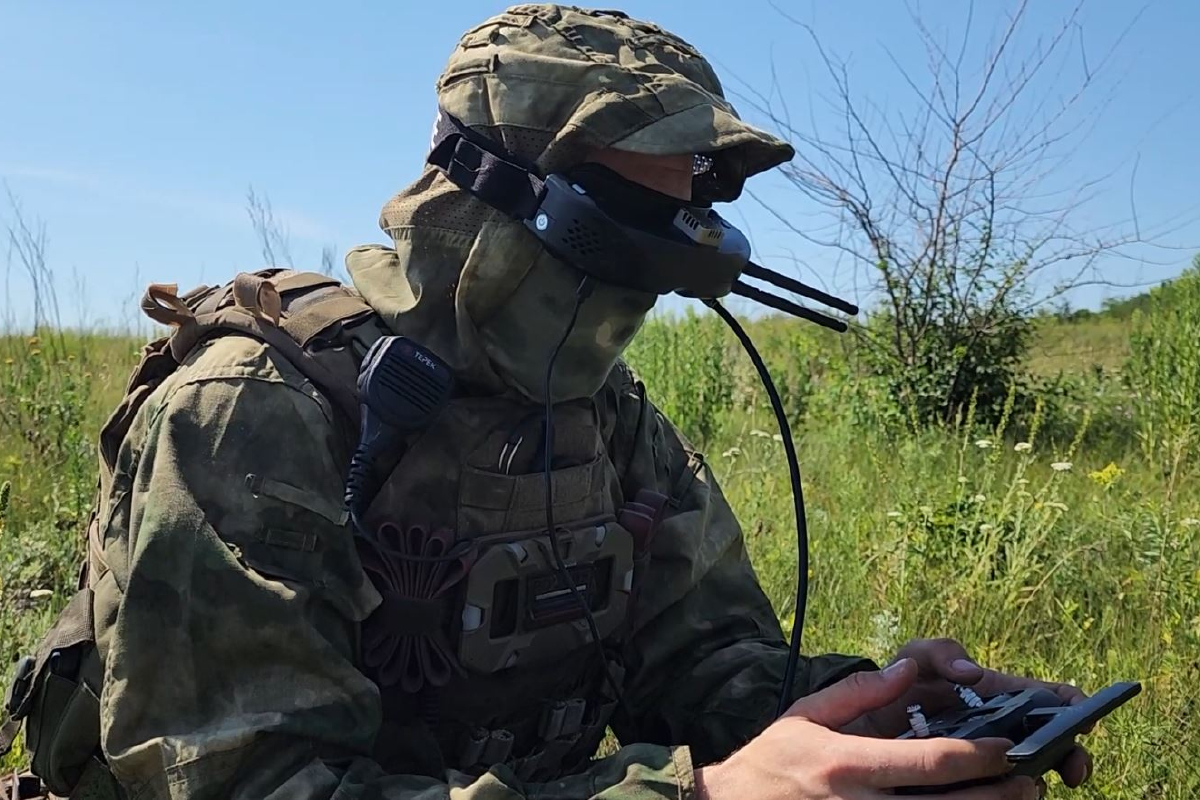






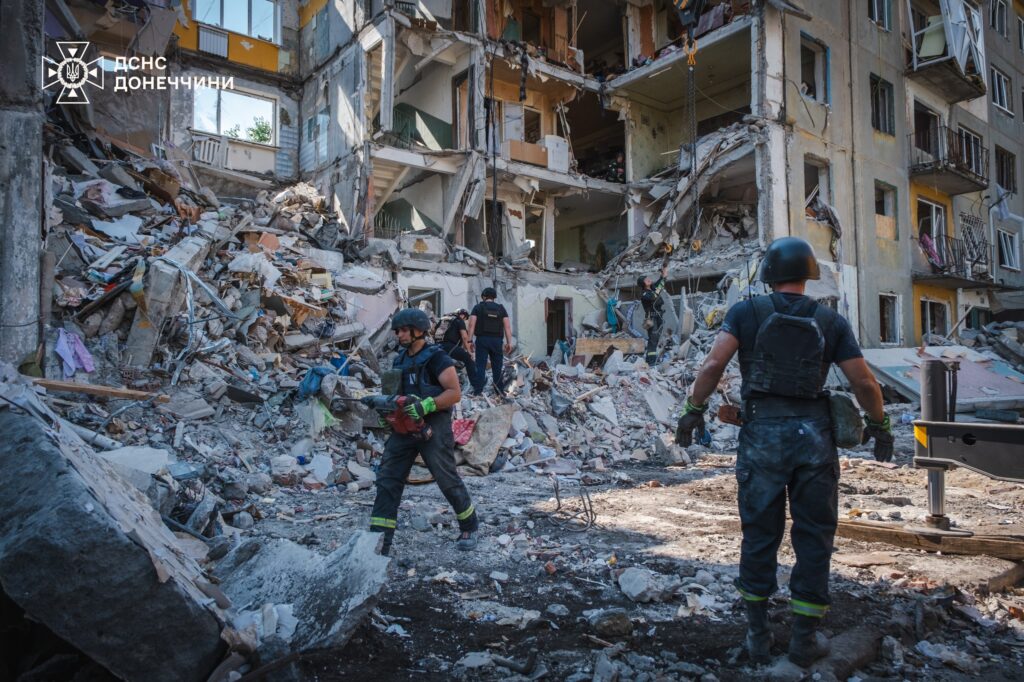


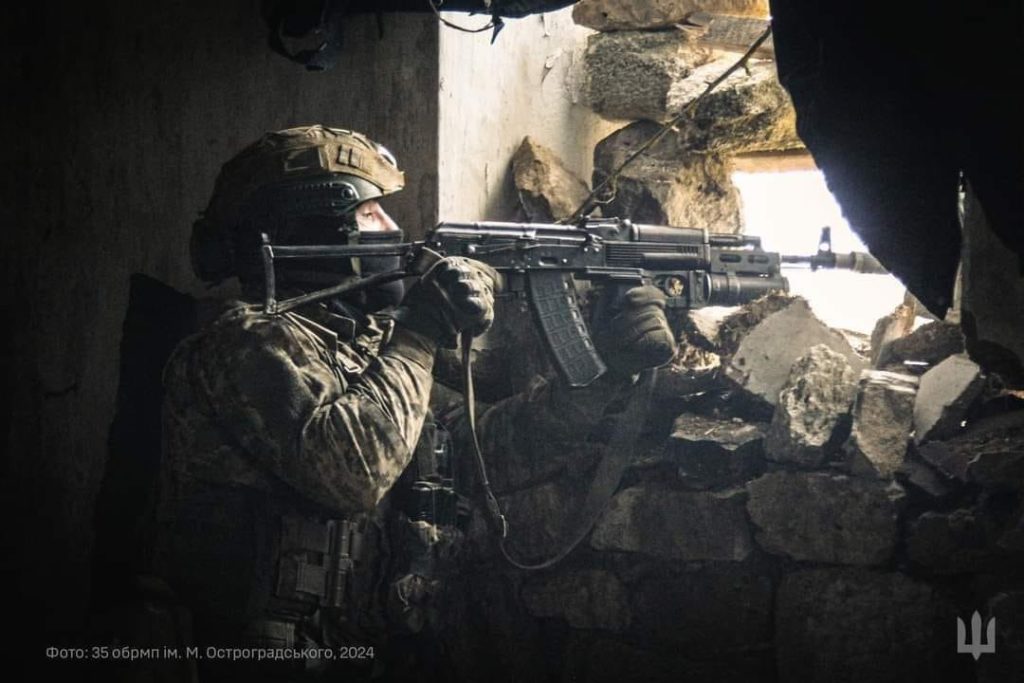

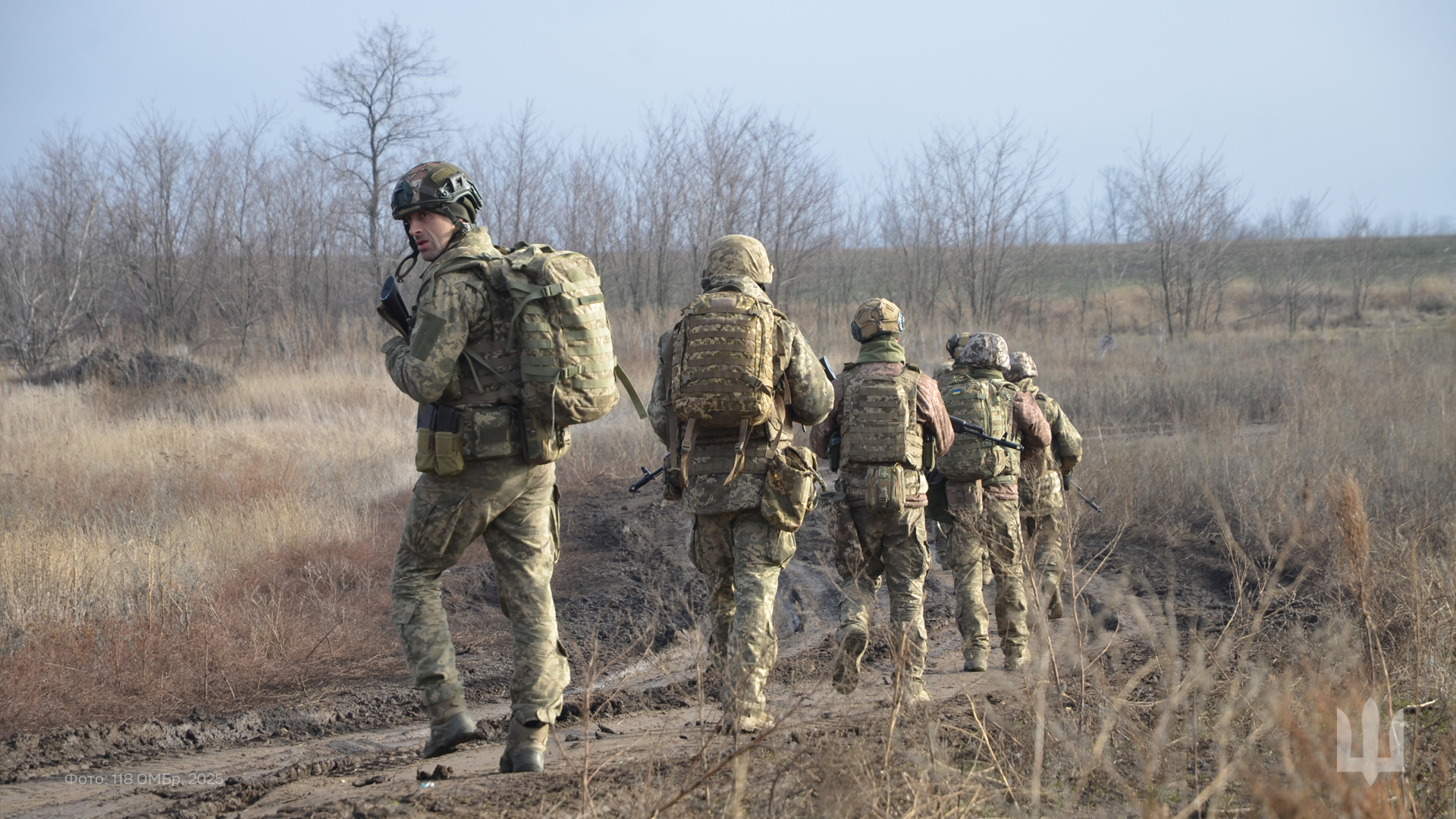
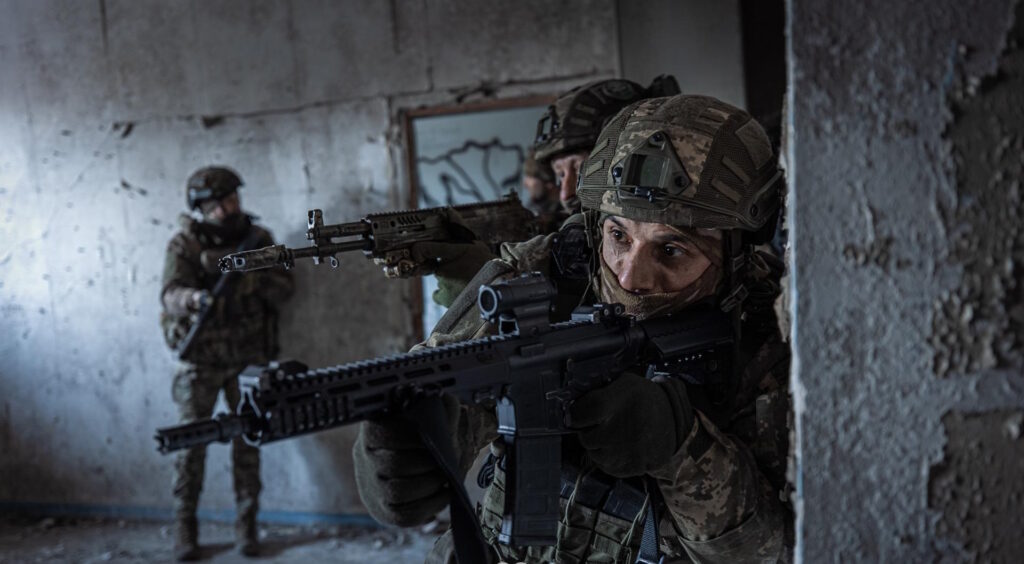
 soldiers have been sighted in the center of Pokrovsk, a strategic city in the east of Ukraine
soldiers have been sighted in the center of Pokrovsk, a strategic city in the east of Ukraine 
 THREAD
THREAD

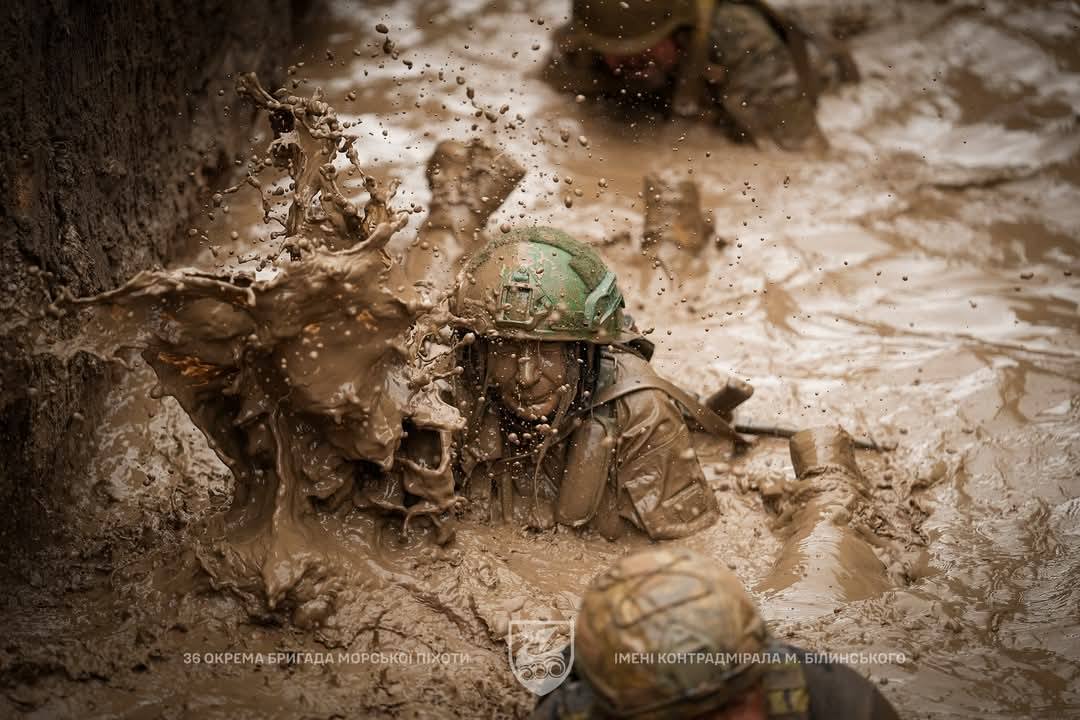
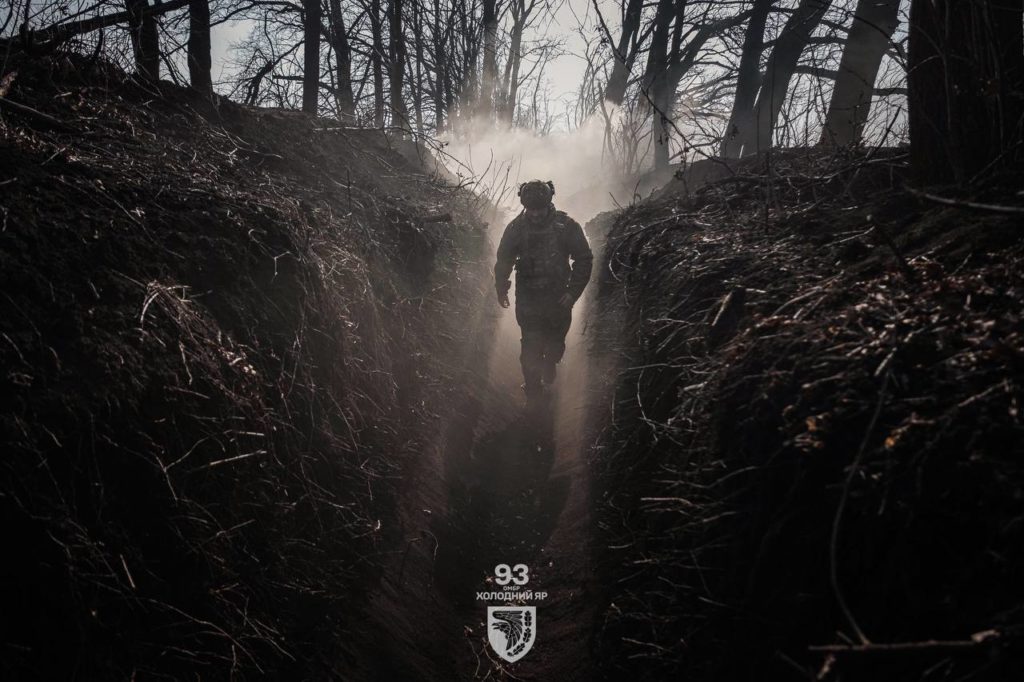
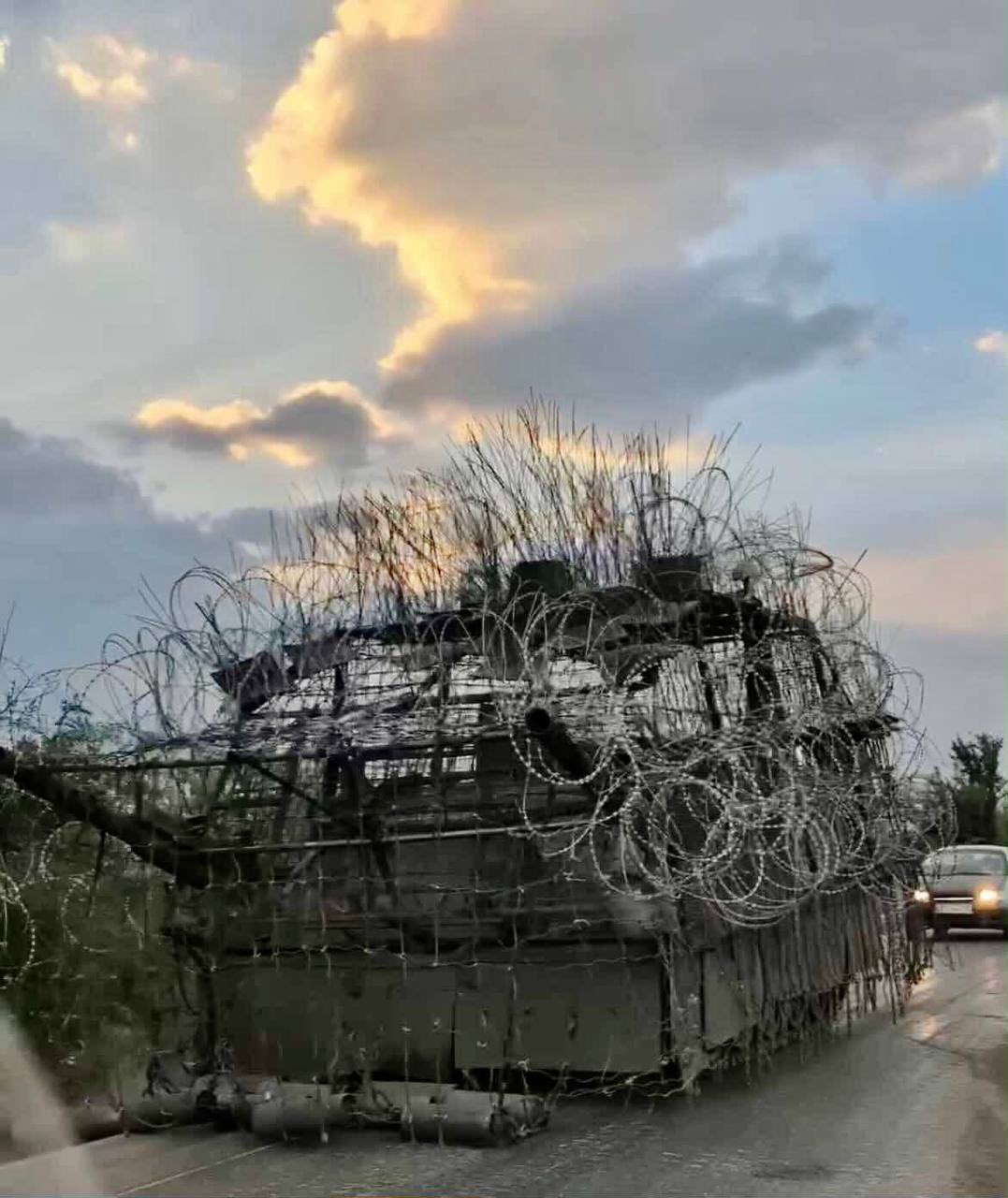

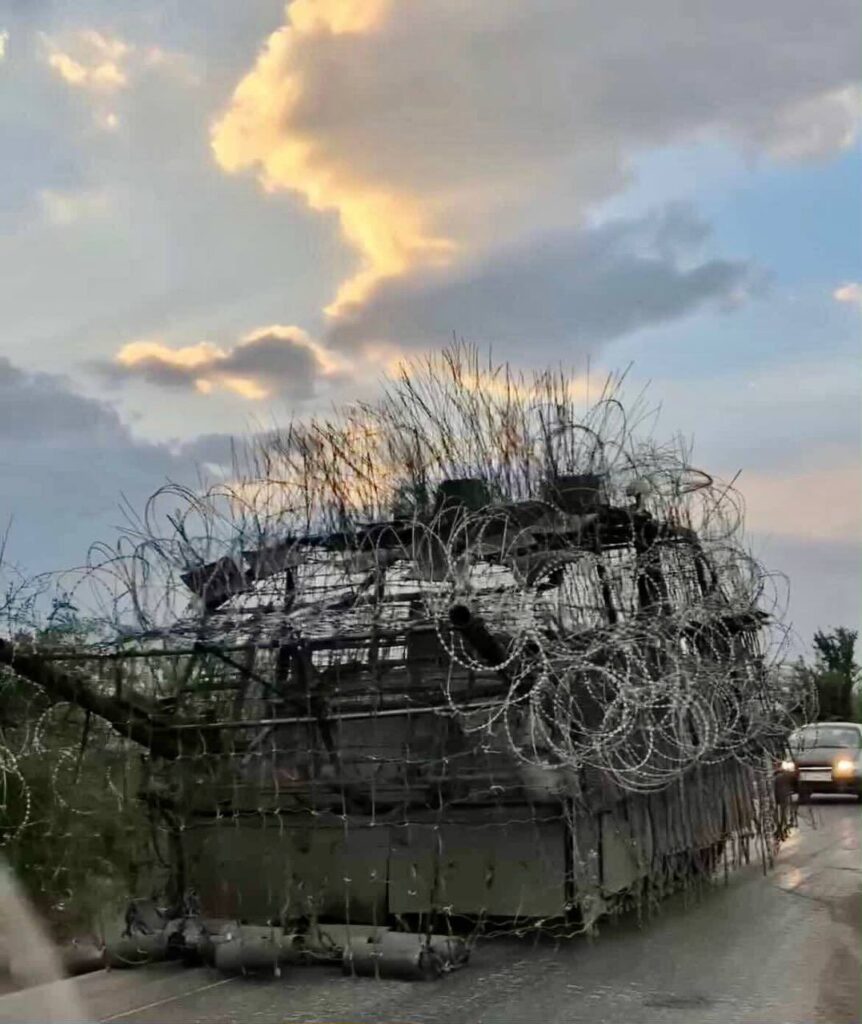



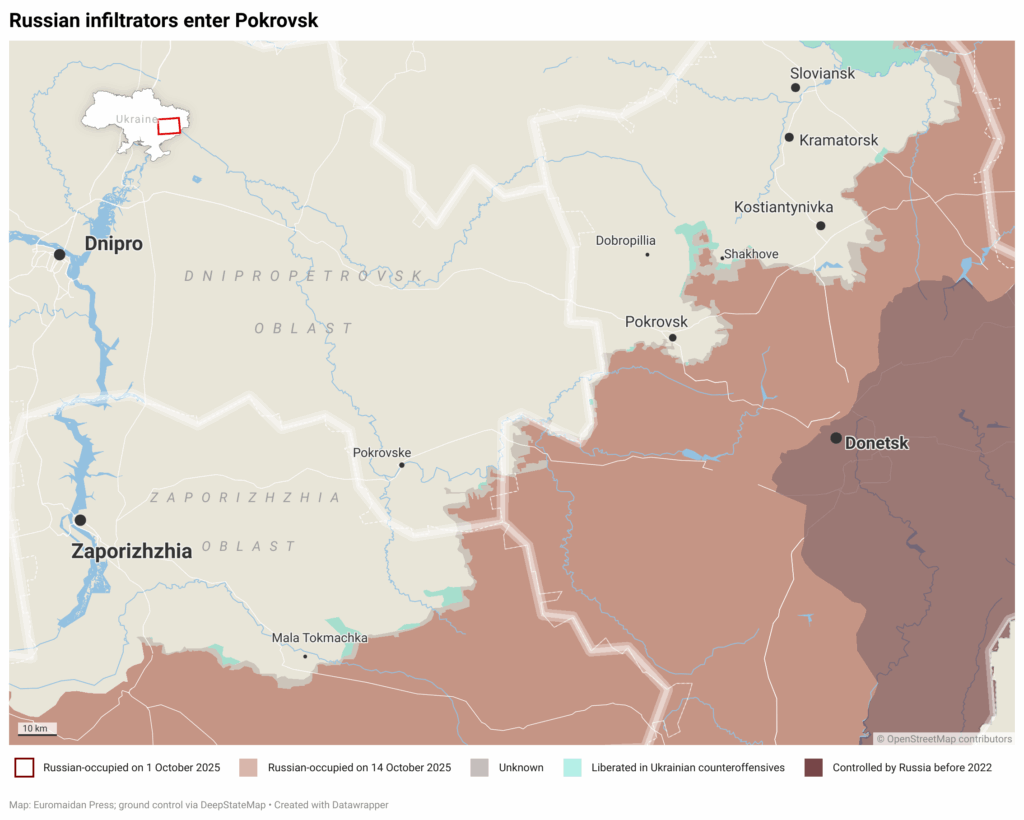


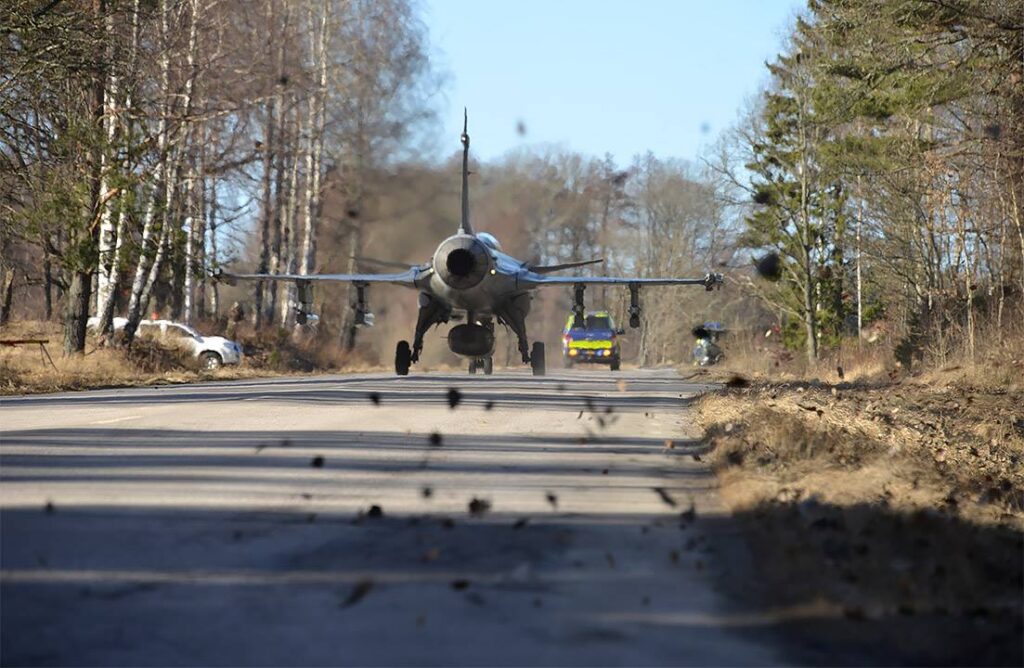


 Scroll horizontally to see all columns on mobile
Scroll horizontally to see all columns on mobile